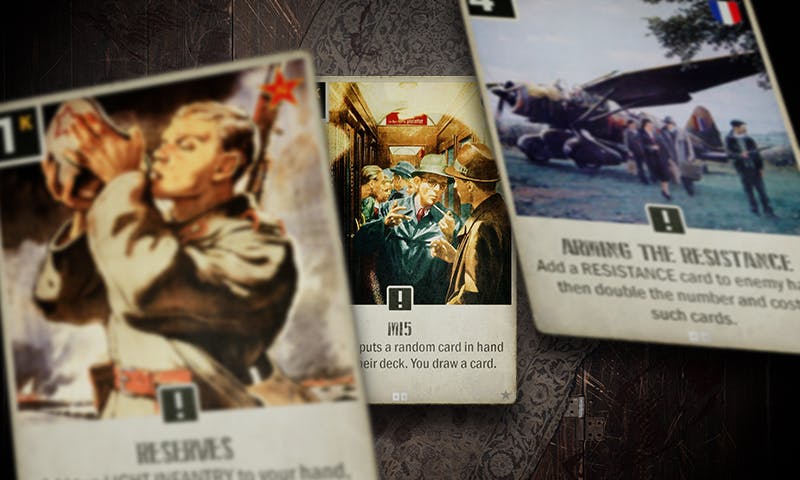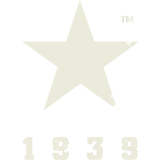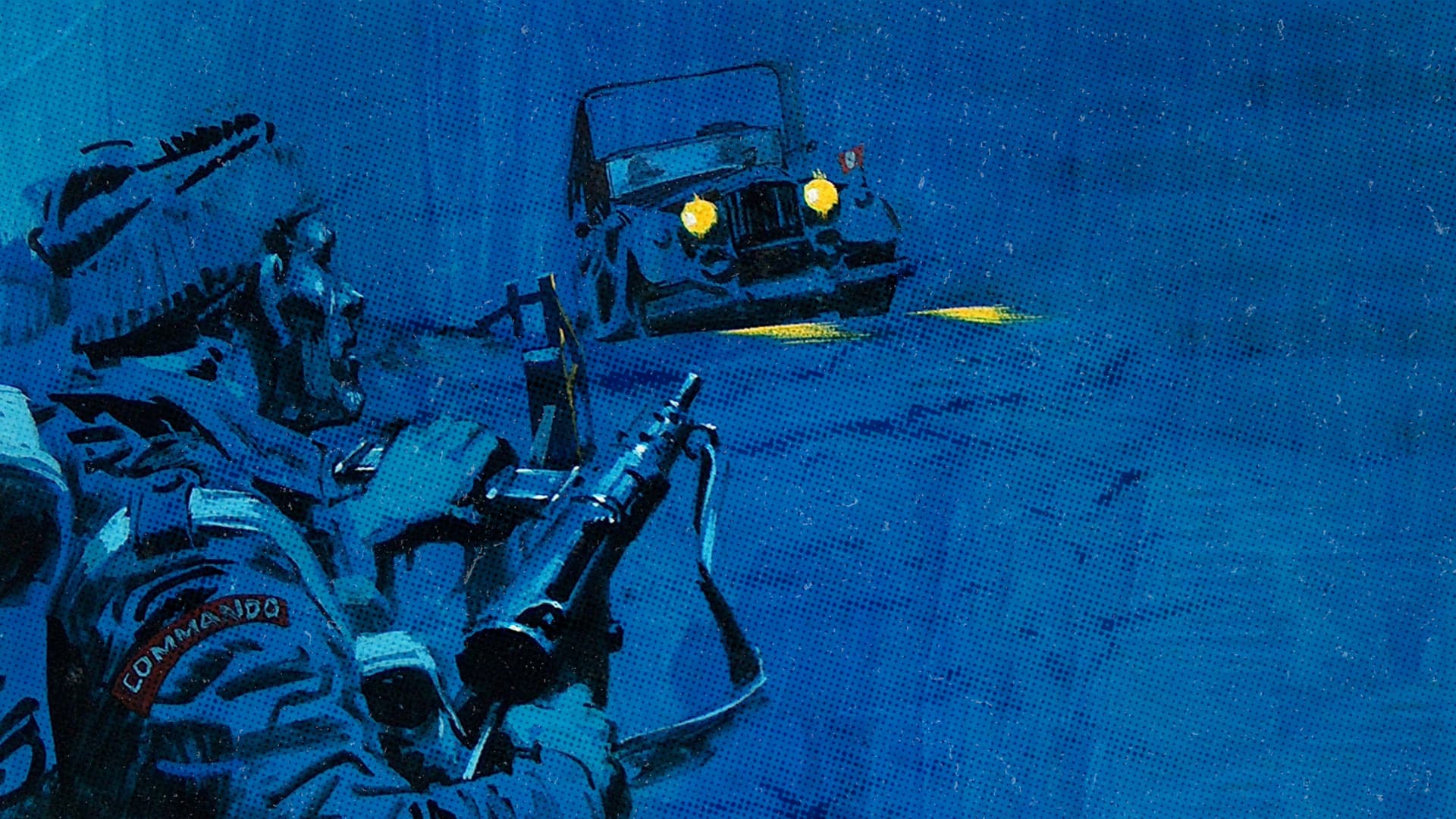
New update! World at War “Behind Enemy Lines” has arrived
about 3 years ago
Thrilling intel from the KARDS battlefield: The latest update, “World at War - Behind Enemy Lines,” has arrived on February 24th. This third installment in the World at War series reinforces the battlefield with 7 unique new cards (18 in total), general improvements, and alternate art.
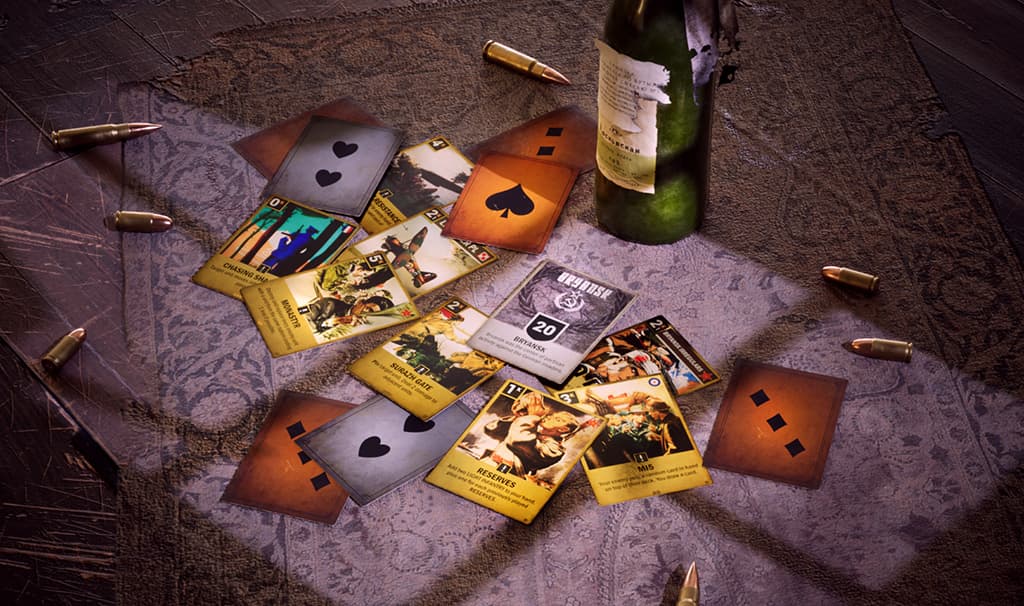
Additionally, a special, time-limited event with alternate game rules lets you explore all new cards, even if you don’t own them.
World at war: behind enemy lines
This World at War update focuses on the warfare behind enemy lines and is themed around special operations, spying, and partisans. Britain, France, Poland, and the Soviet Union spearhead the efforts behind enemy lines.
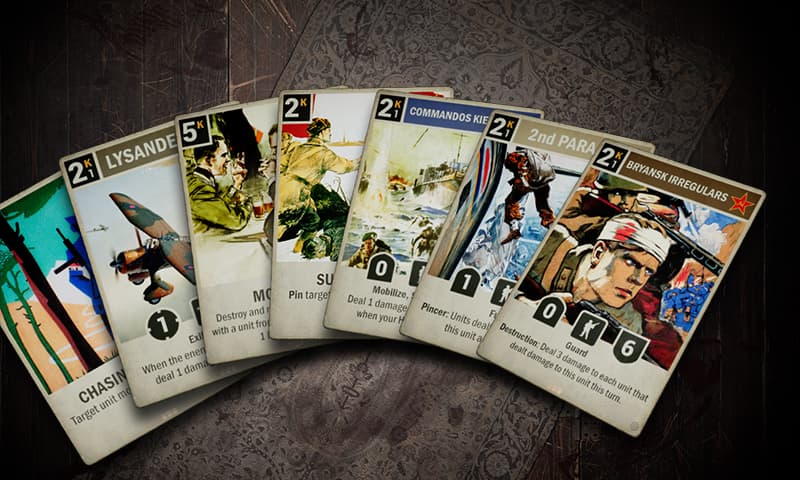
Highlights of this update are the Elite and two Special cards, while the standard and limited-rarity cards are valuable additions to the theme. Explore new options and strategies with the new Soviet Elite order “Monastyr,” which replaces all enemy units with cheaper versions (if possible). If you like going full commando, we have something for you as well with the new French Commandos Kieffer - or try the British Special 2nd PARA C.
All of the cards, their effects, and background are, of course, deeply rooted in WW2 history.
Special Event: Behind Enemy Lines
To celebrate the arrival of this update, we will also have a special in-game event ready. This event is open for everyone and runs from the 24th to the 28th of February.
Participation is entirely free; have some extra fun with a new format. Just hop in and enjoy!
As a highlight, we have some special rules for this event:

Premium version with alternate art, a new HQ and a new battlefield
Included in the premium version is also highly popular alternate art, a new HQ and battlefield, gold versions of the World at War: Behind Enemy Lines card set, the interactive Molotov Cocktail board item, and a sizable number of wildcards of all rarities.
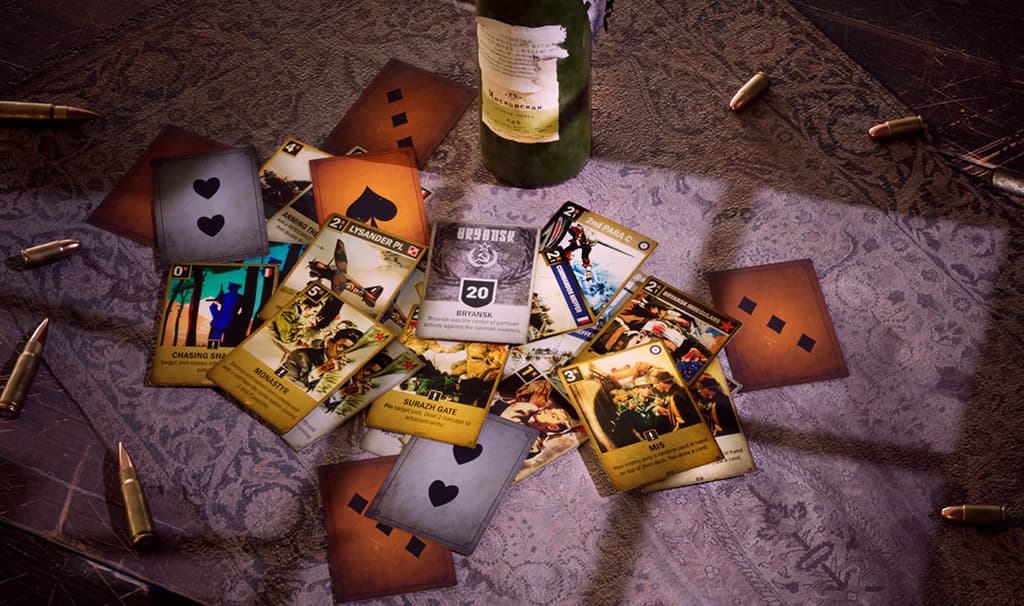
KARDS is entirely free to play and stays like this. You can obtain the new cards in many ways, for example, by using wildcards or purchasing one of the Behind Enemy Lines bundles for gold or real currency.
This World at War update comes with 7 unique new cards
Highlights of this update are the Elite and two Special cards, while the standard and limited-rarity cards are valuable additions to the theme. Explore new options and strategies with the new Soviet Elite order “Monastyr,” which replaces all enemy units with cheaper versions (if possible). If you like going full commando, we have something for you as well with the new French Commandos Kieffer - or try the British Special 2nd PARA C.
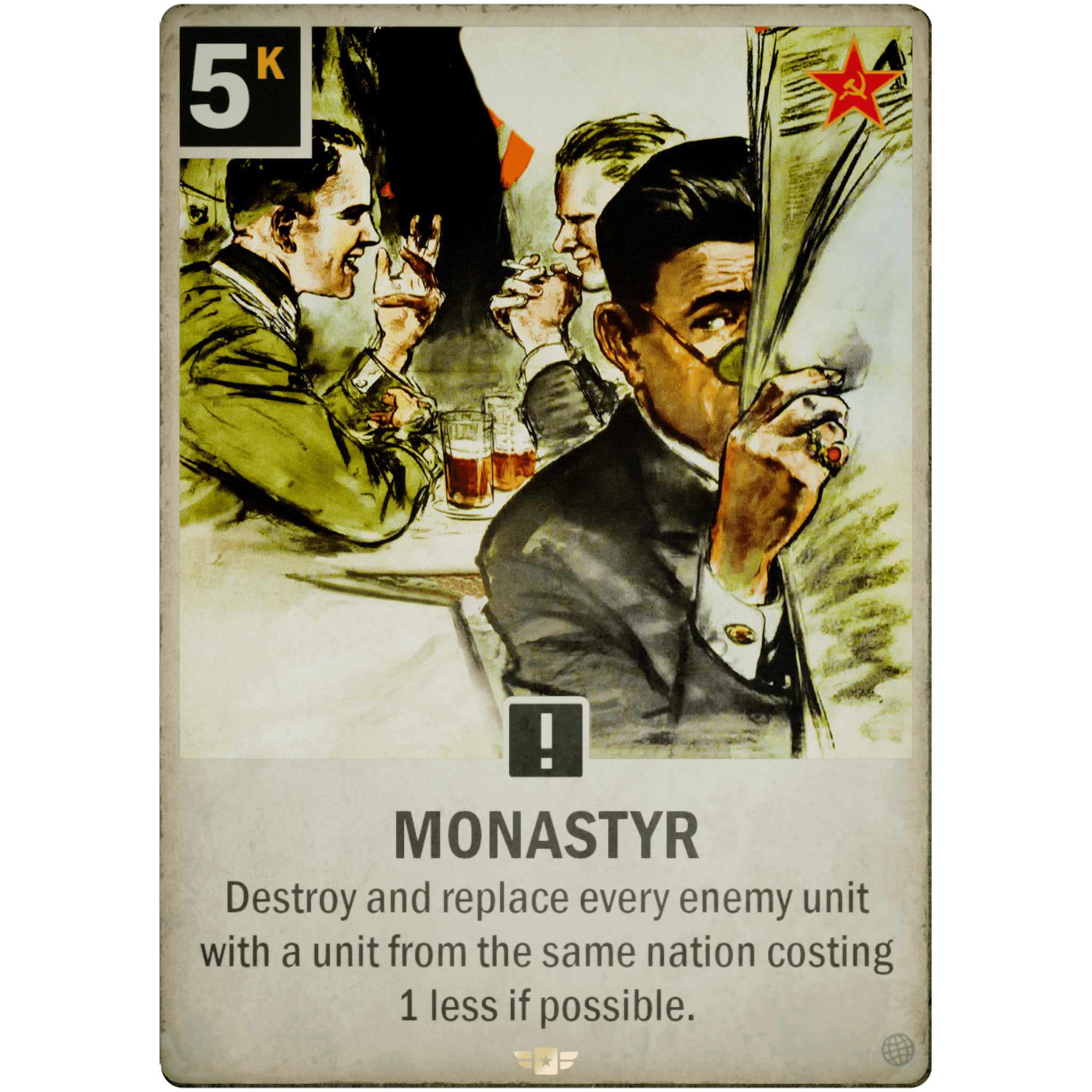
Monastyr won't destroy a unit if no replacement unit can be found for it.
Operation Monastyr (e. Operation Monastery) was a Soviet intelligence operation that lasted from 1941 to 1944 and involved using a “radio game” which was standard technique in radio counterintelligence at the time. The operation was conducted by NKVD agents and the goal was to use Soviet moles to relay misinformation to the Abwehr, the German military intelligence. The operation was considered a great success, it resulted in the capture of several German agents and collaborators. However, one of its major contributions was disinformation about major Soviet offensive operations near the town of Rzhev, which the Germans took at face value. This was partly true, but this rendered the Germans blind to the much more important Operation Uranus, the major Soviet offensive at Stalingrad.
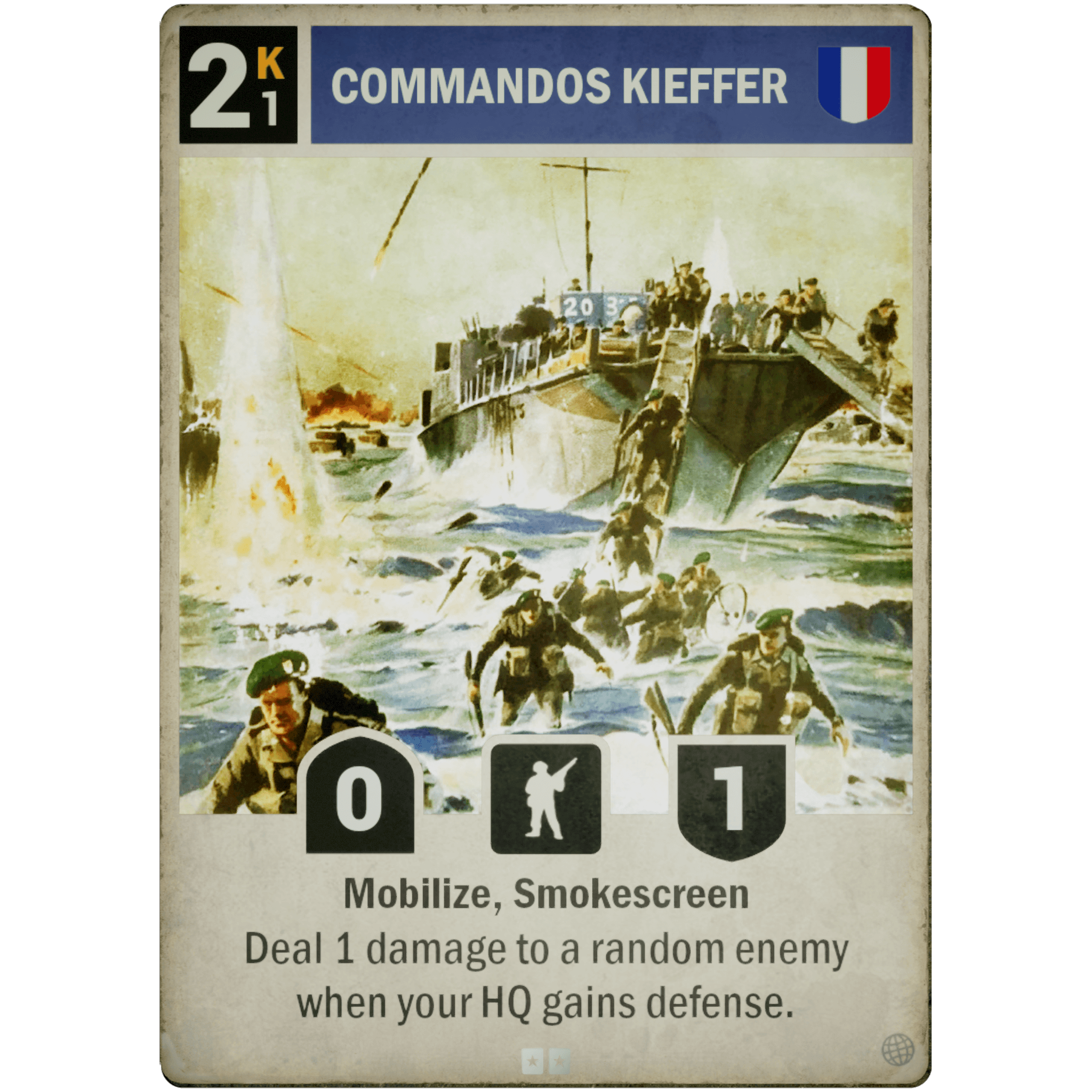
The 1er Bataillon de Fusiliers Marins Commandos was a battalion sized commando unit that was formed in 1942 by the Free French Navy. The battalion was split into three troops, designated 1,8 and 9. Members of Troop 1 took part in the Operation Jubilee, or the Dieppe Raid in 1942, and that same year they participated in a night raid on a bridge at Plouézec in France. In February 1944 they participated in the raid on the beach of Wasssenaar in the Netherlands, which was the launch site of the German V-2 rockets. On 6 June 1944, D-Day, the battalion participated in the Normandy landings and disembarked on Sword Beach, and with No.4 Commando they supported the landings of the British 3rd Infantry Division. Despite heavy losses they managed to capture a 50 mm AT gun and a fortified artillery position. That same day the 1er Marins linked up with the British 6th Airborne Division at Pegasus Bridge (aka Bénouville Bridge) where more fighting took place. By the evening of 6 June the battalion had lost 25% of its men (27 KIA and many wounded), but they managed to hold their position. For the next couple of months the 1e Marins fought in Normandy, but in November 1944 they took part in the Allied landings on the island of Walcheren in the Netherlands where the city of Flessingue was captured. After WWII the unit was returned to French control and is still serving as part of the Naval Commandos of the French Navy.
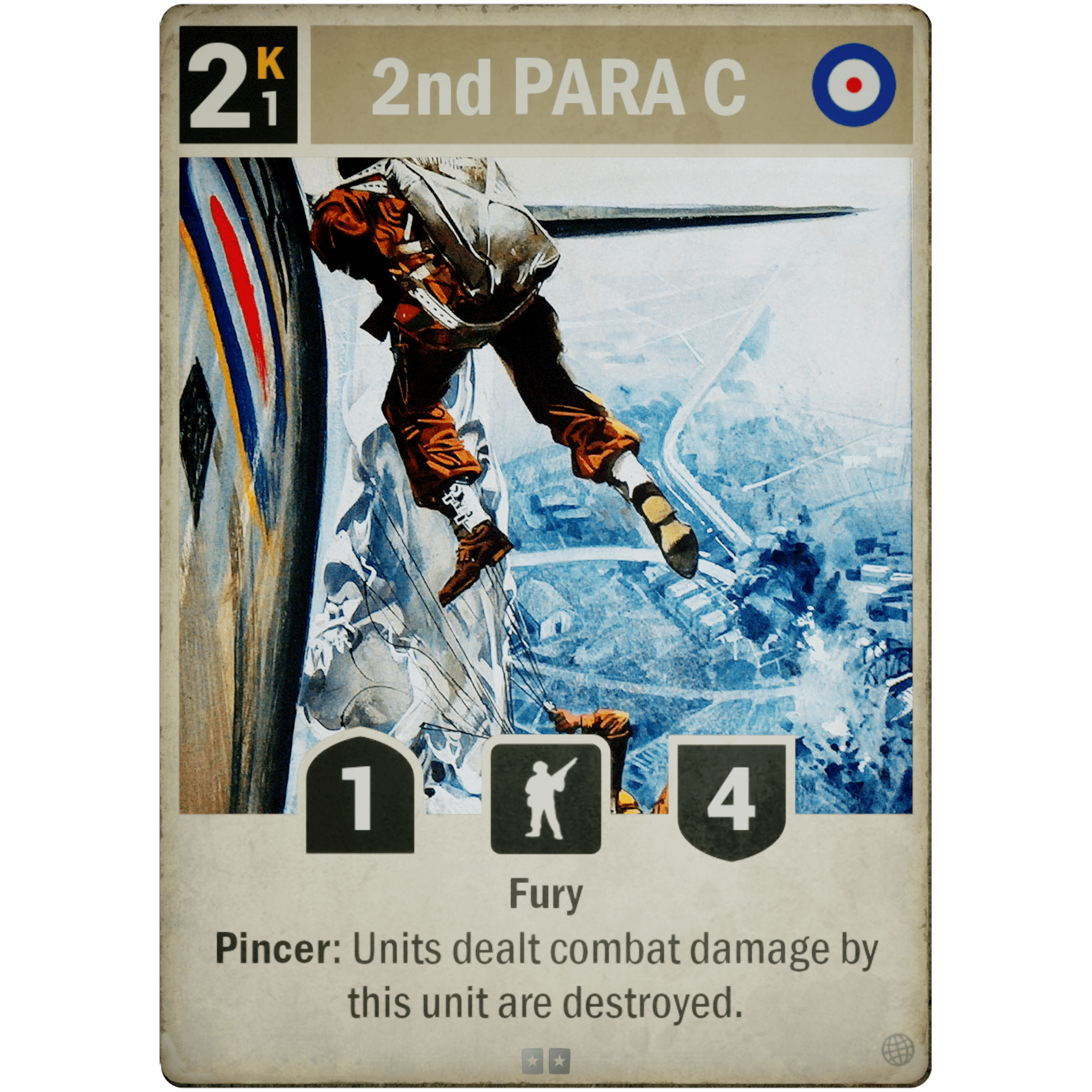
The 2nd Parachute C was a company sized unit of the 2nd Battalion, the Parachute Regiment (2 PARA) of the British Army, but would later become part of the Army Air Corps. The battalion was formed in 1941 and early 1942 it participated in its first mission which was Operation Biting, a raid on a German radar installation in Bruneval, France. After its first mission the C Company of the battalion took the nickname “C (Bruneval) Company” in honor of the operation. The battalion became part of the 1st Parachute Brigade of the 1st Airborne Division and participated in British airborne operations in North Africa, Sicily and Italy, and lastly and most famously in the Battle of Arnhem during Operation Market Garden in September 1944.
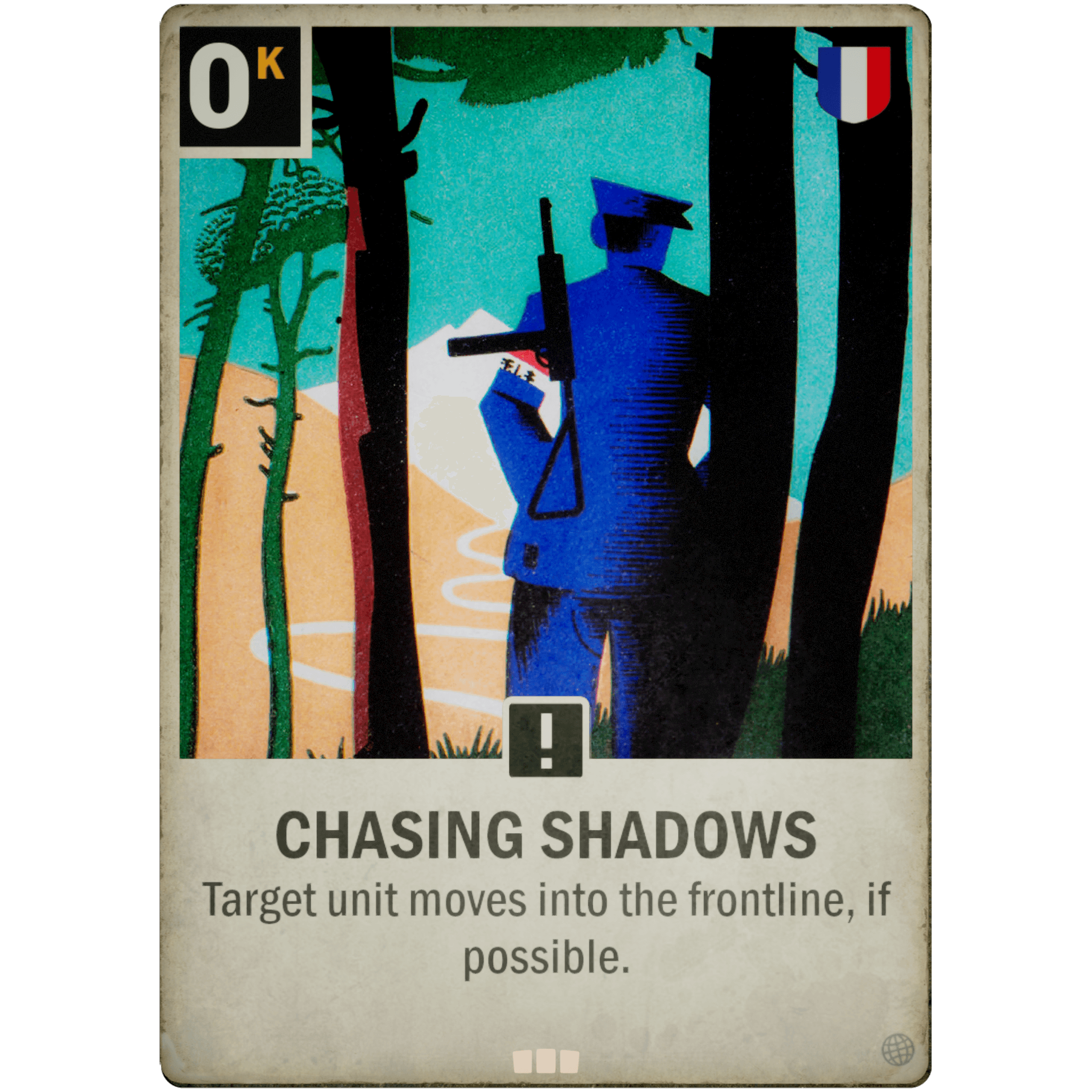
During the German occupation of France the French resistance groups developed an “underground railroad” system that was used to smuggle downed Allied airmen to the front lines or back to Britain. Later this same underground system was used to send messages between the resistance groups and Allied command. It also came to use during Operation Jedburgh in 1944 where Allied special operatives used the underground network to reach the groups and towns in France where they were to operate. The mission was to assist Allied forces in the upcoming invasion with sabotage, guerrilla warfare or by leading the resistance forces against the Germans.
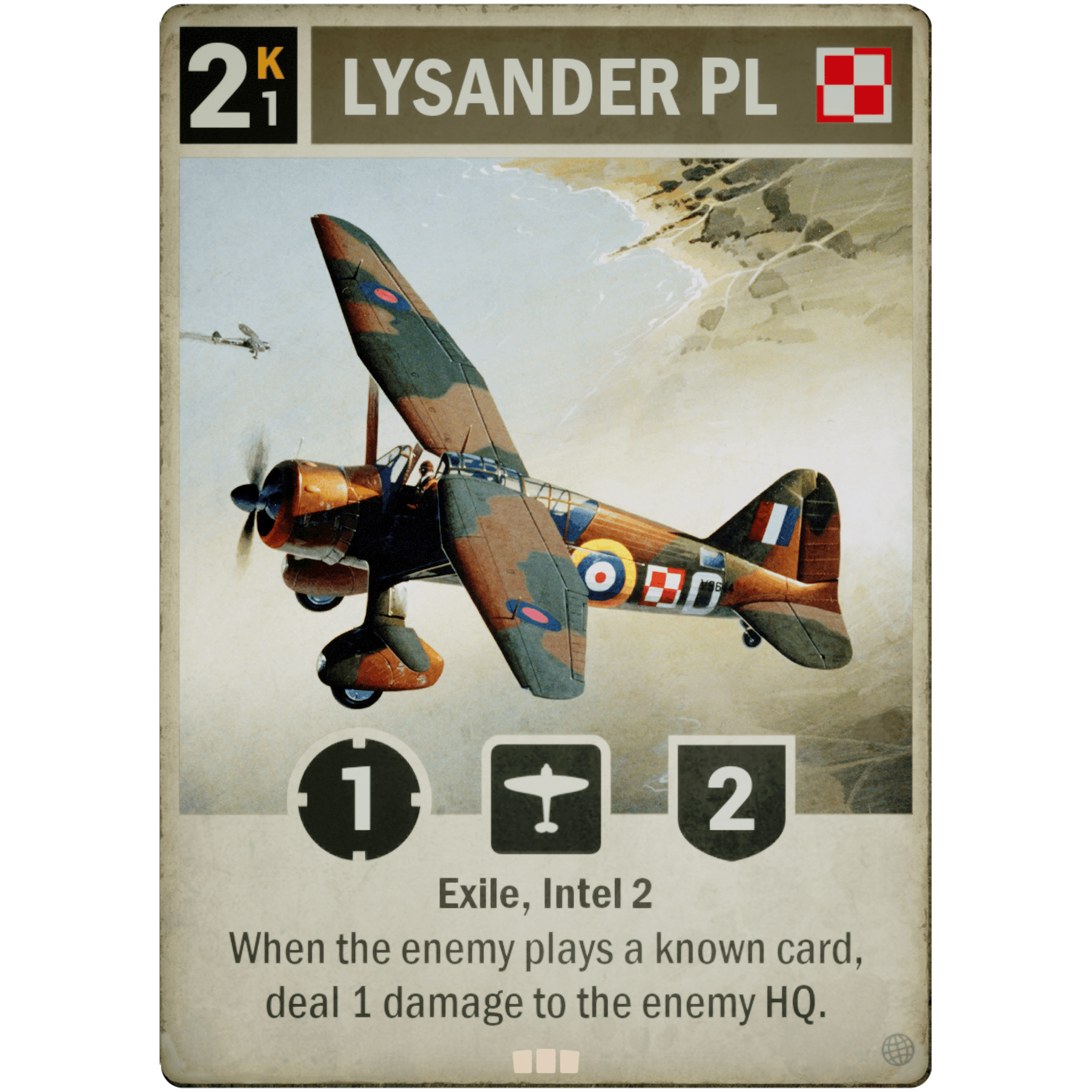
This is a Polish / British exile card.
The Westland Lysander was a British made cooperation and liaison aircraft that came into service in 1938 and was used by RAF and Allied air forces during WWII. The aircraft was mainly used for artillery spotting or message and supply drops, but was withdrawn from combat duties after the Battle of France due to high losses inflicted by German fighters. For the remainder of the war the Lysander served mainly in liaison and air-sea rescue roles. The aircraft was used to maintain contact with the French Resistance, for supply drops, delivering and retrieving agents or to rescue downed pilots that were sheltered in France. Several Lysander aircraft were used by the No. 309 Polish Fighter-Reconnaissance Squadron, but from 1942 the squadron started to transition to Mustangs. A total 1,786 Westland Lysander’s were built, including a few variants.
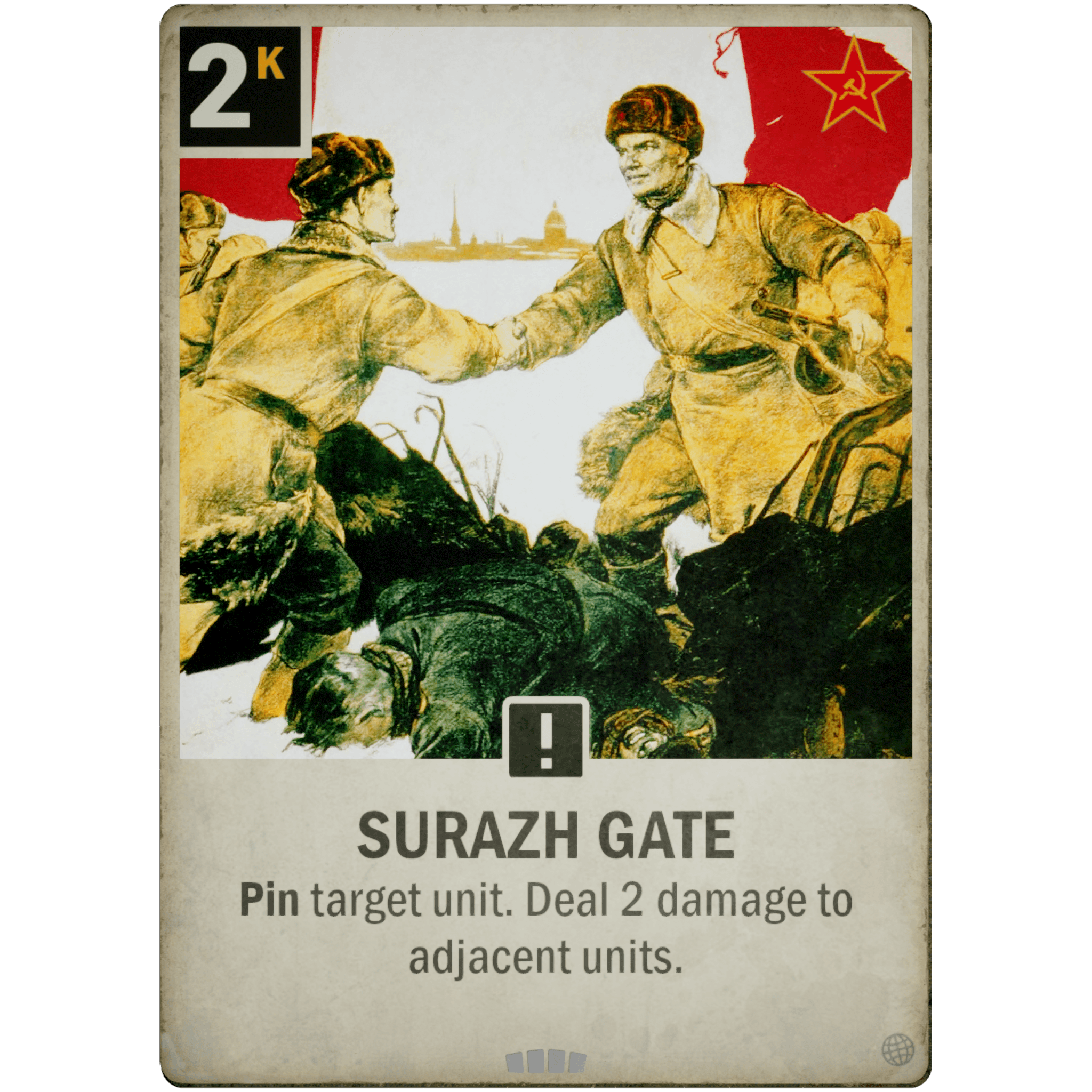
The Surazh Gate, also known as the Vitebsk Gate, was the name given to the corridor connecting the Soviet Union and the German occupied territories of Belarus in 1942. This was an area of 40 km², between the Russian towns of Usvyaty and Velizh, which at the time was the point of contact between the German Army Group North and Army Group Center. The gate was created by the Soviet 4th Shock Army during the Toropets–Kholm Offensive in the winter of 1941-42 and it created a large gap in the German defensive lines. The Soviet units were aided by partisan groups who destroyed German garrisons and guarded the area. The Surazh Gate did not only serve as a gate into the occupied territories, but it also allowed transports out of them of both men and supplies. However, the Red Army did not launch another offensive in this area and in September 1942 the Germans launched a counteroffensive and managed to close the gate.
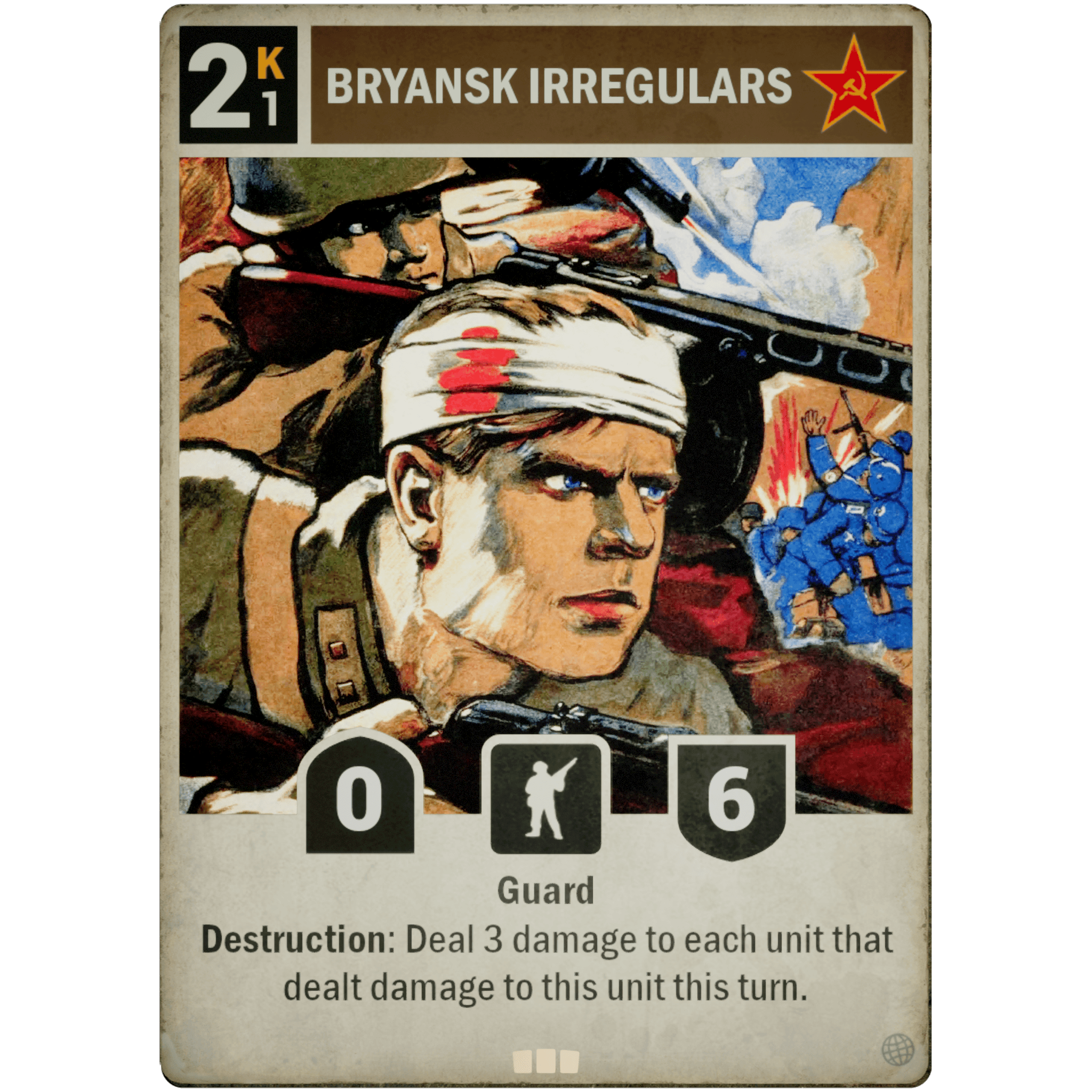
It is believed that there were around 60,000 Soviet partisans operating in and around Bryansk during WWII and by 1942 they effectively held an area of 14,000 km2. The partisans often fought alongside other Red Army forces in battles, but their main goal was to operate behind the enemy lines, to interrupt supply lines and communications or to gather intelligence. The Bryansk region is known for its dense woodland which formed an excellent natural defense, it gave the partisans protection during their raids as well as making it easy for them to hide their movements and their bases. The partisan units in Bryansk were mostly supplied by air and had at least three operative air strips under their control, and several partisan brigades operated their own aircraft.
We hope you enjoy this update and the new tactical options it brings. Don’t forget to join the special event for some good fun!
